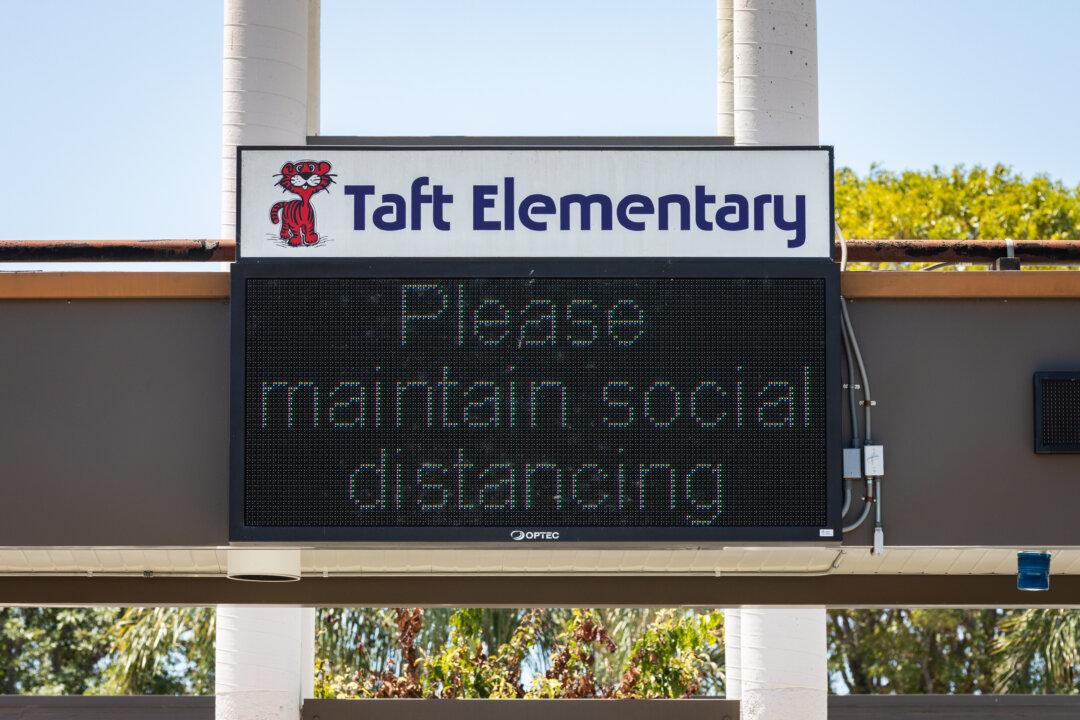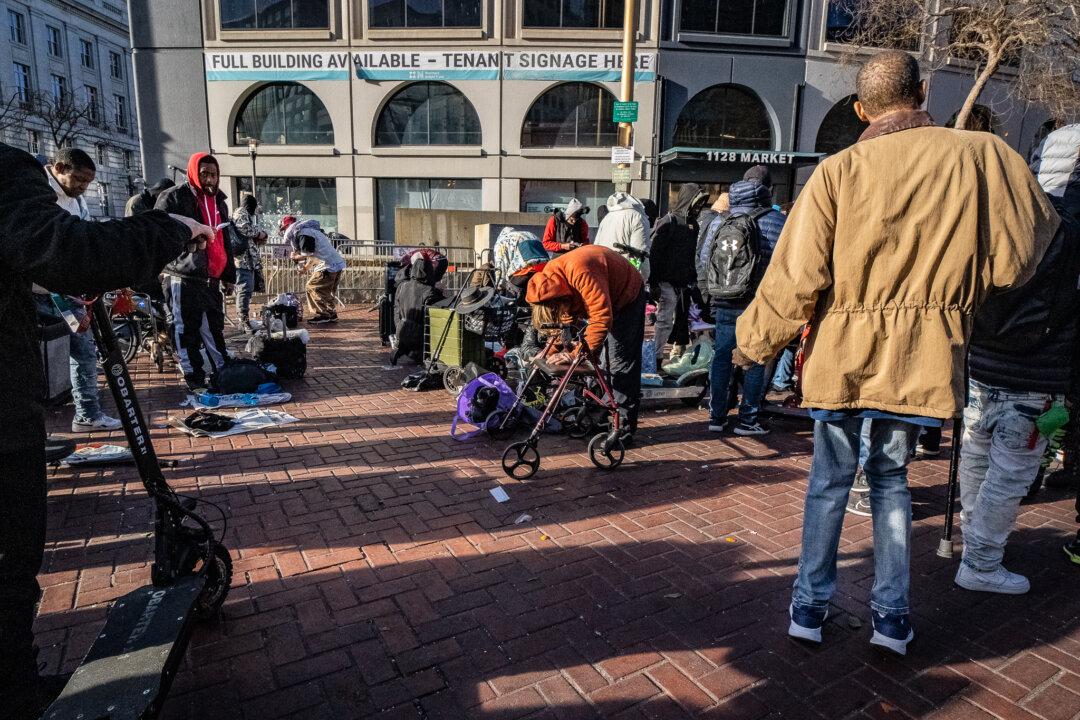The debate over how to best handle the reopening of Orange County, California, after mandatory closures due to the COVID-19 pandemic has spilled over into the schools.
While county school officials and medical professionals disagree on many specifics, most agree on the importance of getting children back to school in-person in the fall—and some say the psychological damage caused by isolation can be a greater threat to vulnerable youth than COVID-19.





